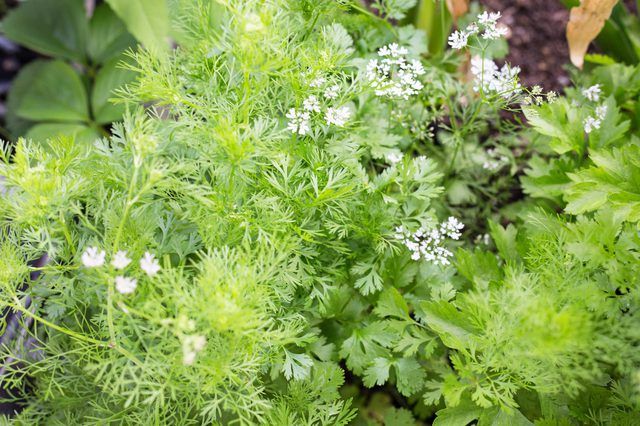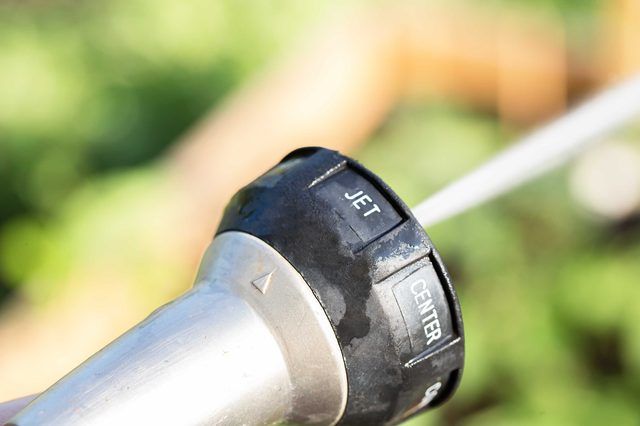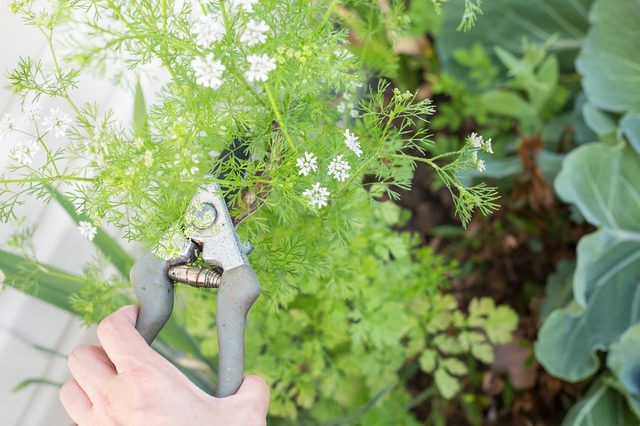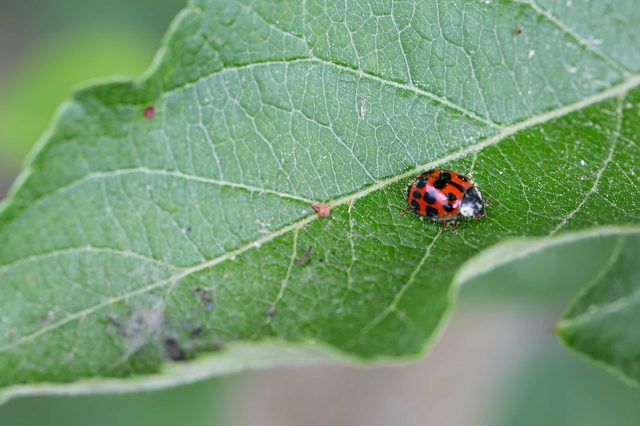Bulbs
Flower Basics
Flower Beds & Specialty Gardens
Flower Garden
Garden Furniture
Garden Gnomes
Garden Seeds
Garden Sheds
Garden Statues
Garden Tools & Supplies
Gardening Basics
Green & Organic
Groundcovers & Vines
Growing Annuals
Growing Basil
Growing Beans
Growing Berries
Growing Blueberries
Growing Cactus
Growing Corn
Growing Cotton
Growing Edibles
Growing Flowers
Growing Garlic
Growing Grapes
Growing Grass
Growing Herbs
Growing Jasmine
Growing Mint
Growing Mushrooms
Orchids
Growing Peanuts
Growing Perennials
Growing Plants
Growing Rosemary
Growing Roses
Growing Strawberries
Growing Sunflowers
Growing Thyme
Growing Tomatoes
Growing Tulips
Growing Vegetables
Herb Basics
Herb Garden
Indoor Growing
Landscaping Basics
Landscaping Patios
Landscaping Plants
Landscaping Shrubs
Landscaping Trees
Landscaping Walks & Pathways
Lawn Basics
Lawn Maintenance
Lawn Mowers
Lawn Ornaments
Lawn Planting
Lawn Tools
Outdoor Growing
Overall Landscape Planning
Pests, Weeds & Problems
Plant Basics
Rock Garden
Rose Garden
Shrubs
Soil
Specialty Gardens
Trees
Vegetable Garden
Yard Maintenance
How to Kill Aphids on Cilantro
How to Kill Aphids on Cilantro. As a two-for-the-price-of-one bargain, annual cilantro (*Coriandrum sativum*) is an herb dear to the hearts of thrifty gardeners. Its lacy green leaves imbue salsa, pesto and chimichurri sauce with fragrant, grassy flavor. Its white or pinkish flowers supply the coriander seeds to spice curry powders, barbecue rubs...
As a two-for-the-price-of-one bargain, annual cilantro (Coriandrum sativum) is an herb dear to the hearts of thrifty gardeners. Its lacy green leaves imbue salsa, pesto and chimichurri sauce with fragrant, grassy flavor. Its white or pinkish flowers supply the coriander seeds to spice curry powders, barbecue rubs and dessert sauces. The bad news is that green peach and coriander aphid insects occasionally regard cilantro as gourmet dining. Fortunately, several organic aphid-killing options protect the harvest.

Although their light-green coloring is an effective camouflage, these aphids reproduce so rapidly that they soon become visible on cilantro's tender new stems and leaves. Stunted shoots and yellow leaves coated with the insects' sticky, transparent waste are an early clue to their presence.
An easy and effective treatment is to set the garden hose spray attachment to jet or sharp spray and blast the cilantro with water. Any aphids that don't drown fall to the ground and have difficulty returning to the plant. To reduce the risk of fungal disease, spray the cilantro early in the day so it dries quickly.
Hit the entire plant, including the backs of the leaves where groups of aphids often feed. Repeat the treatment every two to three days until the pests are eliminated.

One water-conserving, aphid-killing alternative is to wipe small colonies off the cilantro with a water-dampened cloth. Another is to prune the infested leaves and stems and dispose of them in a sealed plastic bag.
Both methods require daily inspection because aphids are born pregnant and start giving birth to their own pregnant daughters in about a week. Missing just one or two means a swift reinfestation.
To prevent the spread of disease, disinfect pruning tools between cuts with a cloth dipped in rubbing alcohol.

Convergent lady beetles and their larvae and green lacewing larvae feast on aphids as happily as aphids feast on cilantro. While both are commercially available, attracting them to the garden with plants is more economical.
Entice the beneficial bugs with shallow-throated, nectar- or pollen-heavy flowers such as sweet alyssum (Lobularia maritima), perennial in U.S Department of Agriculture plant hardiness zones 5 through 9, or coreopsis (Coreopsis spp.), hardy in USDA zones 3 though 9, depending on variety. They'll stay to lay eggs that hatch hundreds of voracious aphid-eating babies.

When cultural controls or friendly bugs aren't enough, organic, ready-to-use insecticidal soap spray suffocates aphids on contact. Safe to use up to the day of harvest, the soap won't harm aphid predators visiting the plants after it dries.
Treat the plants on a dry, windless day with no rain expected for at least 24 hours. Dress appropriately in long pants and a long-sleeved shirt, waterproof gloves, safety goggles and a respiratory mask. To hit all the aphids, spray until the soap runs from all the cilantro's surfaces.
Reapply the soap every two to three days, or at the label's recommended frequency, until the infestation subsides.
